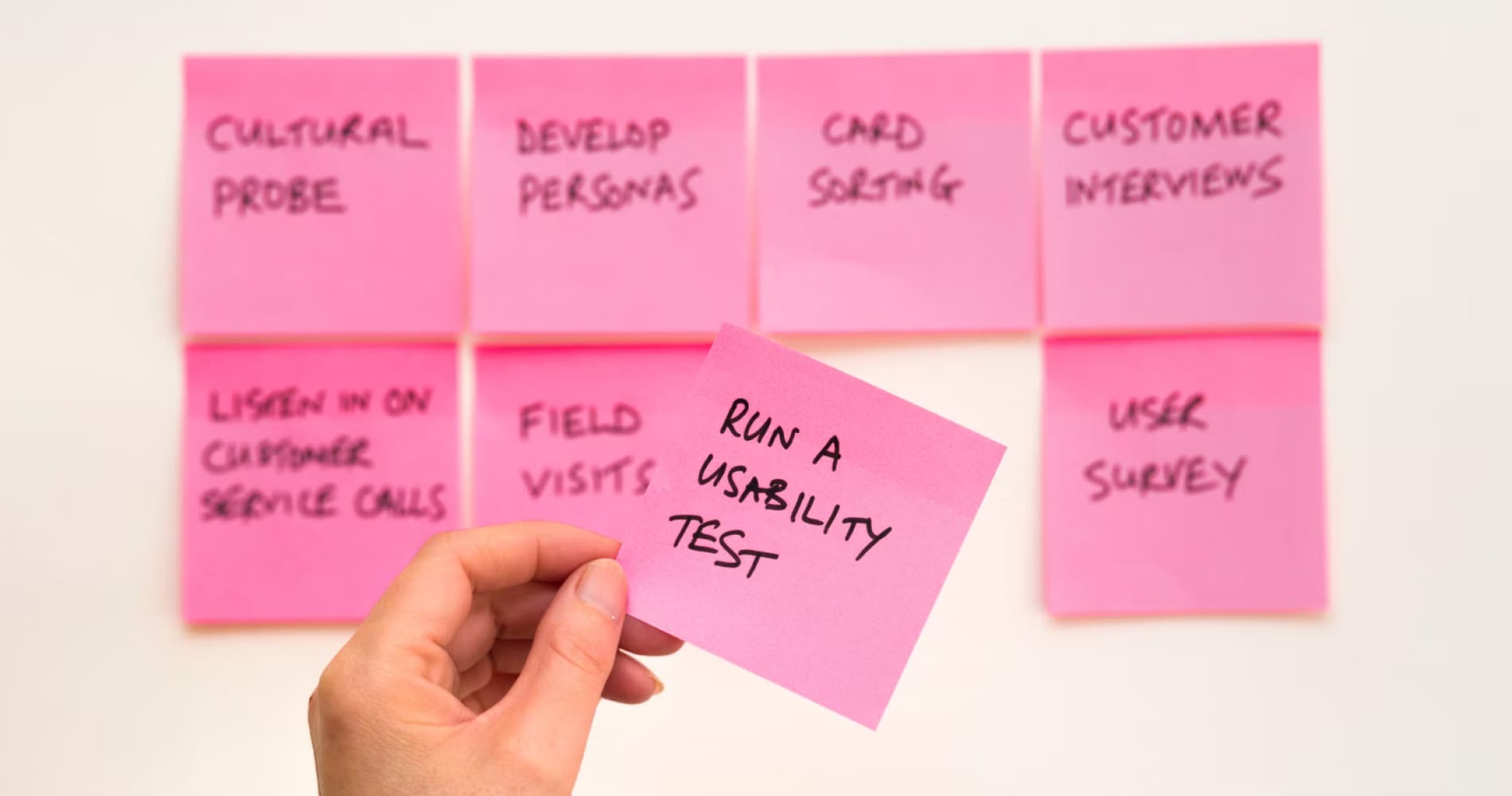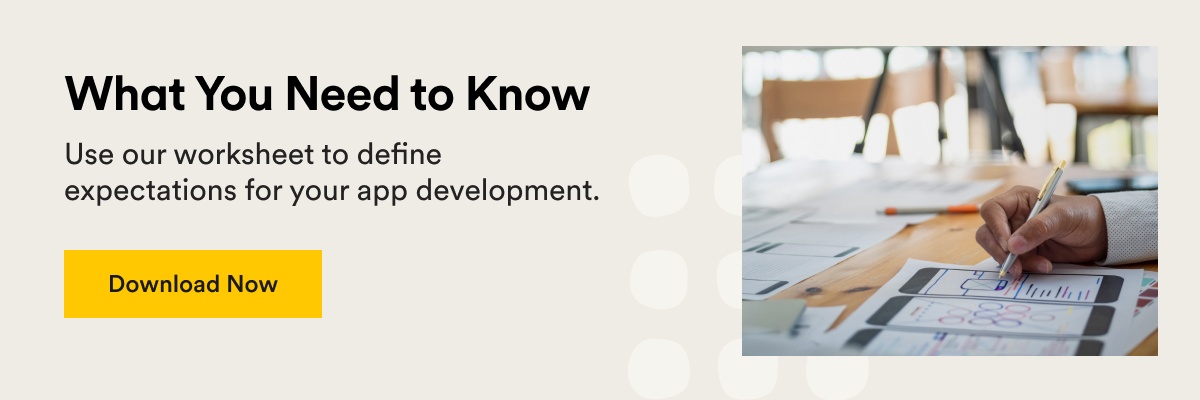
You’re building an app, and you have a million ideas. It’s exciting, challenging, and even a little scary, especially if you have never done it before. So how can you rein in your swirling thoughts and emotions as you take this leap? Start with discovery and take the time to plan.
The most comprehensive part of your software project is the discovery phase. During discovery, you dig into what you wish to accomplish and how it stacks up against your users’ needs. Let’s look at three considerations to keep in mind as you develop your product to help you reach success:
1. Think about what to (and what NOT to) build
The discovery phase of a software project is about what to build and what not to build. Companies often forget that it’s crucial to figure out what they don’t want as they decide what to build. So ask yourself, “What solution is worth testing and investing in that also resonates most with users?”
This starts the process of elimination that ultimately leads to the best solution for your needs and your users. In the initial brainstorming stages, you need to step into your users’ shoes to determine the best solution.
2. Imagine your audience
What categories of people are you trying to reach? Office workers? College kids? Contractors on a construction site? Sit back and think of who your audience is to determine their pain points. This way, you will uncover key knowledge about your software idea, including:
- If your solution is usable.
- If your solution will cause too much friction.
Remember: You’re walking in your audience’s shoes. Consider when and where your users would use your solution to determine realistic use scenarios:
- You’re walking to class.
- You’re on a busy construction site.
- You’re running late for your next meeting.
To further flesh out your intended audience, it might help if you develop user personas.
Develop personas
So what is a user persona? A persona is a fictional representation of potential user groups, including how they interact with you or your product. Personas take multiple characteristics and motivations into account, including:
- Demographics, such as age, gender, and location.
- Psychographics, such as interests, frustrations, and personal or professional motivations.
User personas are valuable because they demonstrate what is most important to different user groups, informing your requirements and overall design. Personas also clarify customer goals and potential pain points, so when you combine personas with user experience (UX) research, you can uncover what customers want and how they experience technology.
Although personas provide details about your audience and inform product plans, they are still as fluid as the people they represent. Update them as you learn more about audience needs and what will or won’t work for your product.
3. Identify the digital scope
Your audience isn’t the only consideration as you make your way through the discovery phase of a software project. You also need to know what technologies to build your software for.
Choose your tech
Web or mobile? Phone or desktop? Consider what you want your app to do and how your audience will use it the most. Your solution may be best suited to mobile, web, or mobile web. Ask a few questions to decide:
- Mobile: Is it easy to use on the run? Could you use it on the go if, say, you were running late to a meeting?
- Web: Since this needs to be used on a desktop or laptop – will that be a roadblock for ease of use?
- Mobile web: What happens when the mobile connection is poor?
You have your choice of several types of apps to build, each with pros and cons depending on your needs.
Consider all angles during the discovery phase of a software project
When you assess your audience and the technology that can bring your software to life, you will encounter both negatives and positives. But remember: Don’t ignore the negatives during the discovery phase of a software project. Even small challenges can hinder adoption, so you have to take the bad in equal measure with the good.
Starting by figuring out what not to build gives you a better idea of what to build. Always keep your user in mind during development. Your team will be better equipped to answer their needs and choose the right technologies to ensure success. Check out our guide, What to Expect When Building an App, to inform your planning process and ensure you keep customers top of mind.
Editor’s Note: This post was originally published in July 2020 and has been updated for accuracy and relevance.
